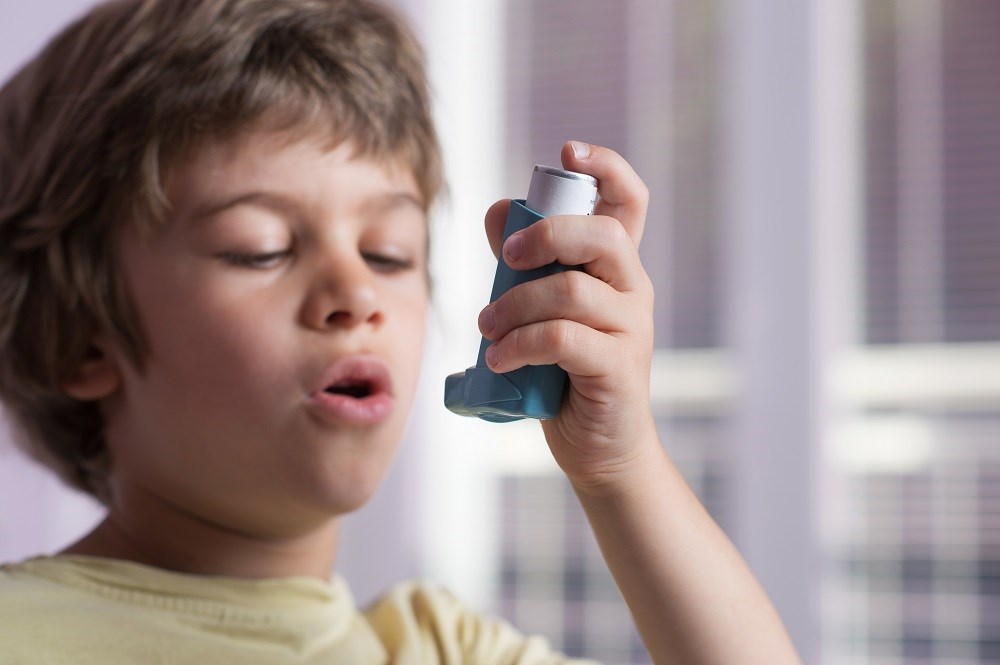February 12, 2019

School-based, self-managed, asthma interventions compared with no interventions may reduce mean hospitalizations.
School-based, self-managed asthma interventions appear to reduce hospital admissions, the number of days children experience asthma symptoms, emergency department (ED) visits, and are likely lead to small improvements in asthma-related quality of life, according to a study published in the Cochrane Database of Systematic Reviews.
This systematic review was primarily designed to assess the effectiveness of school-based asthma interventions to improve asthma self-management for children. Investigators conducted a meta-analysis of current research evaluating the effectiveness of such interventions.
A wide variety of databases were searched to find studies, with the latest search conducted on August 28, 2017. Eligible participants were children receiving school-based asthma interventions with the purpose of helping children improve self-management of asthma by changing behavior, enhancing skills, or increasing knowledge. The effects of interventions were measured by combining data for the following primary outcomes: days of restricted activity due to asthma symptoms, ED visits, hospital admission, and absence from school. Asthma-related quality of life was measured by the Asthma Quality of Life Questionnaire (AQLQ) as a secondary outcome. Most of the included studies were conducted in socially disadvantaged North American populations.
School-based, self-managed, asthma interventions compared with no interventions may reduce mean hospitalizations by approximately 0.16 admissions per child per 12 months (6 studies; standardized mean difference [SMD], –0.19; 95% CI, –0.35 to –0.04; 1873 participants; moderate certainty evidence), may reduce the number of children visiting EDs from 7.5% to 5.4% per 12 months (13 studies; odds ratio [OR], 0.70; 95% CI, 0.53-0.92; 3883 participants; low certainty evidence), and probably reduce the number of unplanned hospital or primary care visits from 26% to 21% at 6 to 9 months (5 studies; OR, 0.74; 95% CI, 0.60-0.90; 3490 participants; moderate certainty evidence).
The number of restricted activity days were probably reduced by just less than half a day per 2-week period (3 studies; SMD, 0.30 days; 95% CI, –0.41 to –0.18; 1852 participants; moderate certainty evidence), but there was insufficient evidence regarding the effect on school absence due to variation in study results. School-based, self-managed asthma interventions probably improve children’s asthma-related quality of life by a small amount (7 studies; MD, 0.36 units higher on the Pediatric AQLQ; 95% CI, 0.06-0.64; 2587 participants; moderate certainty evidence).
“[b]ecause we excluded studies that delivered similar interventions in different settings, we do not know the added value of running an intervention in a school compared with running an intervention in a hospital or community setting,” the researchers wrote. “What is clear, however, is that schools provide access to large numbers of children with asthma, including those who do not regularly attend appointments with their medical provider; therefore the school environment can be considered an important third space for delivery of interventions that can improve both children’s outcomes and healthcare usage.”
Reference
Harris K, Kneale D, Lasserson TJ, McDonald VM, Grigg J, Thomas J. School-based self-management interventions for asthma in children and adolescents: a mixed methods systematic review. Cochrane Database Syst Rev. 2019;1:CD011651.
